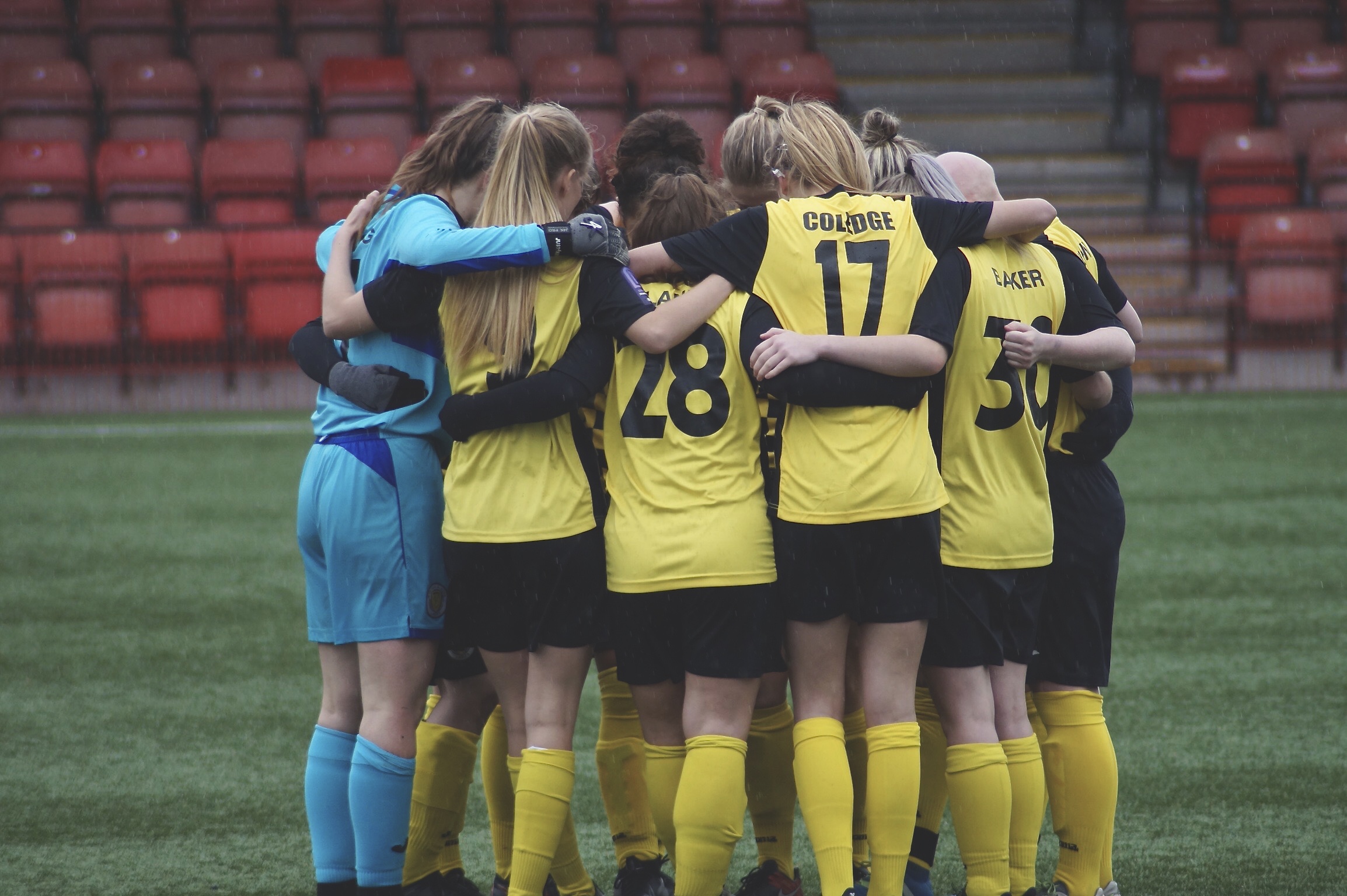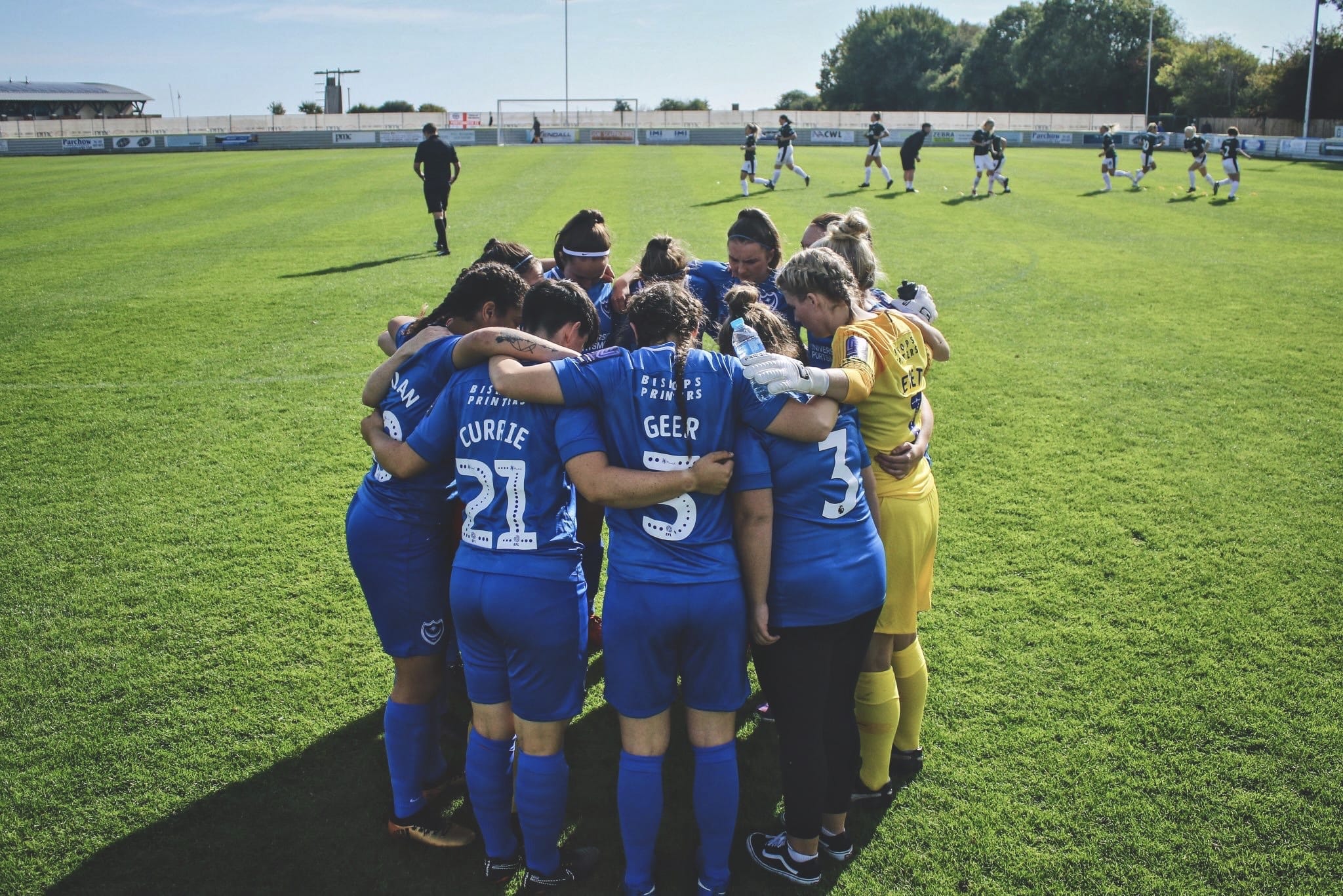Middlesbrough were formed in 1976 and were originally known as Cleveland Spartans. Among their early coaches were the legends of Middlesbrough’s men’s team Mark Proctor and David Hodgson.
This season, Boro had the monumental boost of hosting the England v Brazil women’s match at the Riverside Stadium in front of a virtual sell out. The media coverage and general awareness that this generated in both the build-up to the game and on the day itself is something which the women’s side of the club believe helped hugely to grow the numbers both playing the game and watching the team. Of course, Boro had the added boost of welcoming back the likes of Jordan Nobbs to the area for that Lionesses match. The North-East side have got thirty grassroots players with their Academy hosting around fifty players. The age range spanned between all of them is 8-16. Many of these players had the fantastic experience of attending the Lionesses game with Brazil in their own town, which allowed them to see the levels the women’s game can now reach up close.
The first team play their football in the FA Women’s National League Northern Premier which is an extremely strong division which had Sunderland challenging the likes of Nottingham Forest and Burnley with Stoke City strong and powerful when the campaign was prematurely halted due to coronavirus. Despite this, Middlesbrough could claim to be the only club to take points from Sunderland and also beat Nottingham Forest 5-2 on opening day.

What Middlesbrough need to do now though is to work carefully to maintain that interest and increased profile that the recent international game gave them. For them, it’s all about getting out the message that you can come down to Boro and see the next Jordan Nobbs or Beth Mead. Allied to this is getting out regular, solid and consistent media coverage – something that the club are doing very well at doing.









